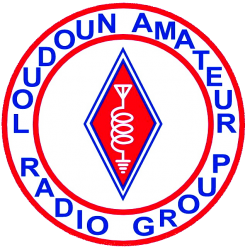LARG 2M Net Report for Sunday 3-1-2020
The net was convened at 8:30 PM local.
Check
Ins:
KD4PIZ Patrick Herndon Hand Held
KD4NYX Wendy Leesburg Yaesu FTM-400XT
WB2UNA John
Leesburg Kenwood
KD4HAX Joe
Leesburg Yaesu FTM-400
KQ4CI Evan Ashburn Baofeng UV-5R III Hand Held
We had very interesting discussions of taxes, Beethoven sonata singing, cloud forensics, and SARS-CoV-2 (Coronavirus).
The net was secured at 8:27 PM local.
For
Wendy, Joe, and others, 145.31 is C4FM and analog auto dual mode, so after the
social portion of the net is closed next week, feel free to C4FM.
Respectful
Best Regards Evan KQ4CI

